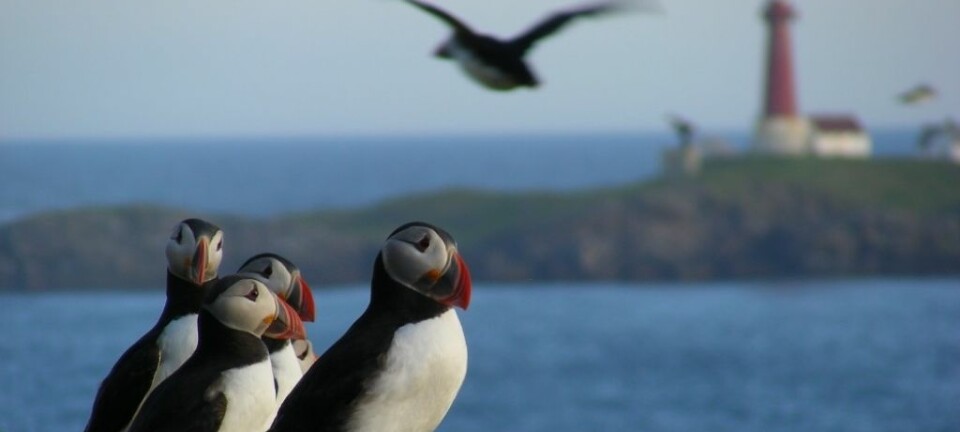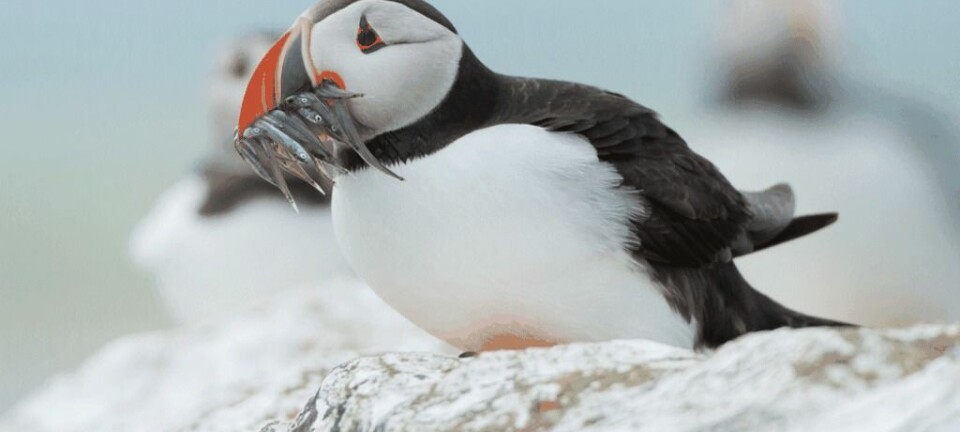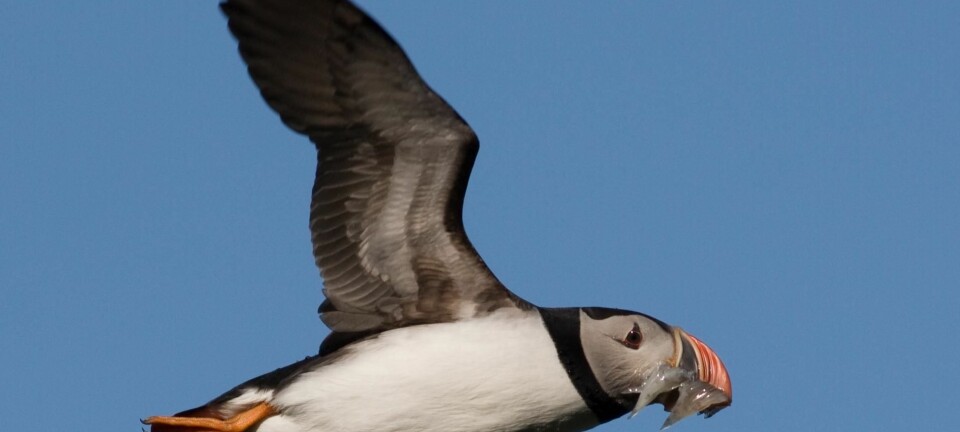This article was produced and financed by NINA - Norwegian Institute for Nature Research
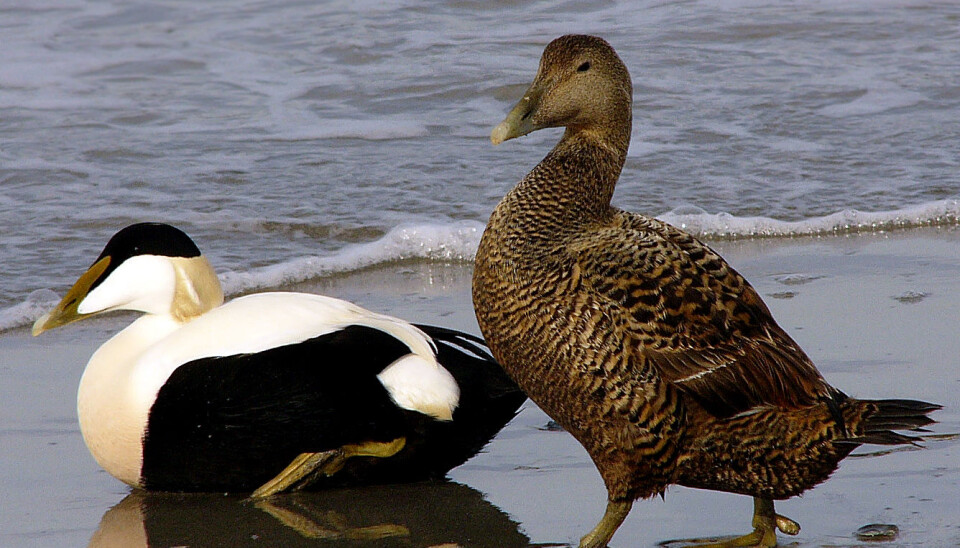
Tourists cause seabirds to abandon nests
Summer months are peak season for both bird breeding and bird watching. Noise from tourists, however, can scare the birds away from their eggs and chicks.
The Norwegian coastal and marine areas are among the worlds’ most nourishing habitats for birds. Especially in the north, bird life is rich and diverse.
But people represent a growing threat to these birds. Tourism, outdoor recreation, business activity and research can easily disturb them.
Vulnerable while nesting
Nesting season, the time when birds mate, nest and lay eggs, is at its most intense in May, June and July.
“This is a vulnerable time when the eggs and young birds need to be protected,” says researcher Svein-Håkon Lorentsen of the Norwegian Institute for Nature Research (NINA).
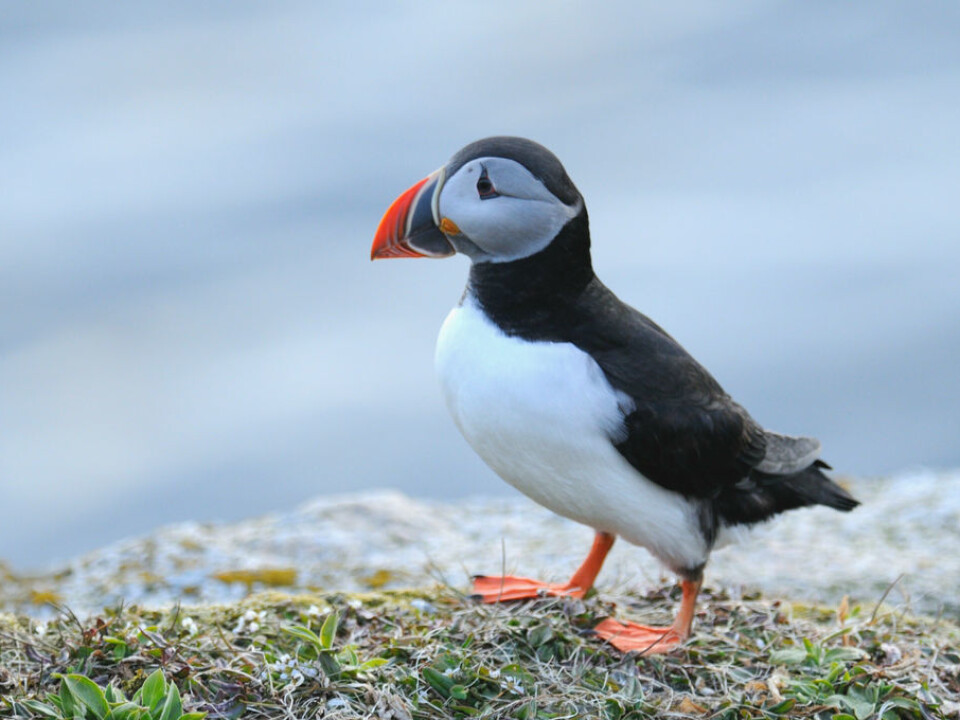
He is one of the authors of a report that gives an assessment of research on the effects of disturbance on colonial seabirds – and an evaluation of possible mitigation measures.
Birds often leave the nest when people are approaching. On hot days, this can cause the eggs or chicks to become overheated, while they can freeze to death on cold days.
Lorentsen tells that unprotected nests are also exposed to other hungry birds and animals.
“For example, researchers have observed that seagulls follow people in order to take the eggs from the nests that gets abandoned when people get too close. It is therefore particularly important to keep a good distance to bird cliffs with many breeding seagulls,” he says.
Leave to save themselves
But fleeing the nest does not only leave the eggs and chicks exposed to predators and the elements, it is also very energy demanding for the parent birds.
The common eider is a species that's particularly affected by this, since the adult bird normally doesn’t eat during the breeding season. Studies show that a ten percent increase in activity, reduces body mass of the adult eider by four to five grams daily.
If they are disturbed too often over time, the birds may abandon their nests permanently.
Seabirds typically only lay one or two eggs. In return, they live for a long time, hence they have many breeding opportunities in the course of their lives.
“The nesting birds will abandon eggs or chicks and thus prioritize their own survival if they are stressed too much,” says Lorentsen.
Food access
There are several factors that affect how vulnerable birds are to outside interference.
“When food is abundant, the parents are in good condition and won’t leave their nest so easily,” says the researcher.
This makes it particularly challenging to regulate bird watching tourism.
Artificial eggs
The seabirds are affected by human disturbance even when they don’t flee the nest. The common eider typically respond by pressing against the nest rather than fleeing.
The researchers put artificial eggs with built-in heart rate monitors in the nests to observe how the pulse increases when people are close.
“Although they appear do not react, their heart rates can be as high as three to four times normal pulse, and they have high levels of stress hormones.” Lorentsen says.
Bird cliffs and tourism
Lorentsen believes the growing bird watching tourism in Norway is positive, but that it’s essential to take some precautions.
“It is important that people get the opportunity to experience the wonderful life in a bird cliff. However, seabirds are so fragile that this must be done in a controlled manner.”
“For example, all parent birds in a great cormorant colony can flee form their nests if they are disturbed. Then it doesn’t take long before the seagulls show up and eat the eggs. It is therefore important to keep your distance, and try not to be visible to the birds,” he stresses.
Lorentsen believes that it may be appropriate to prohibit people from being near important seabird colonies, and make it illegal to go ashore on the islets that are important for vulnerable species.
Interference also from researchers
But not only bird watching tourists may disturb the birds. There's the researchers.
“If we are unaware of how we affect the birds, we cannot be sure that the results we obtain are correct," the researcher points out.
Atlantic puffins
There are still large gaps in the knowledge about the effects of disturbance on seabirds, according to Lorentsen.
“There should be carried out studies that measure whether there are any direct relationship between how much the colonies are disrupted, and effects on eggs, chicks and whole populations.”
More research on how auks –such as Atlantic puffins – respond to disturbances, is also needed:
“Since all auks in Norway are on the Red List of threatened species, it is extremely important to gain more knowledge about whether disturbances can have harmful effects on breeding populations.”
------------
Read the Norwegian version of this article at forskning.no







